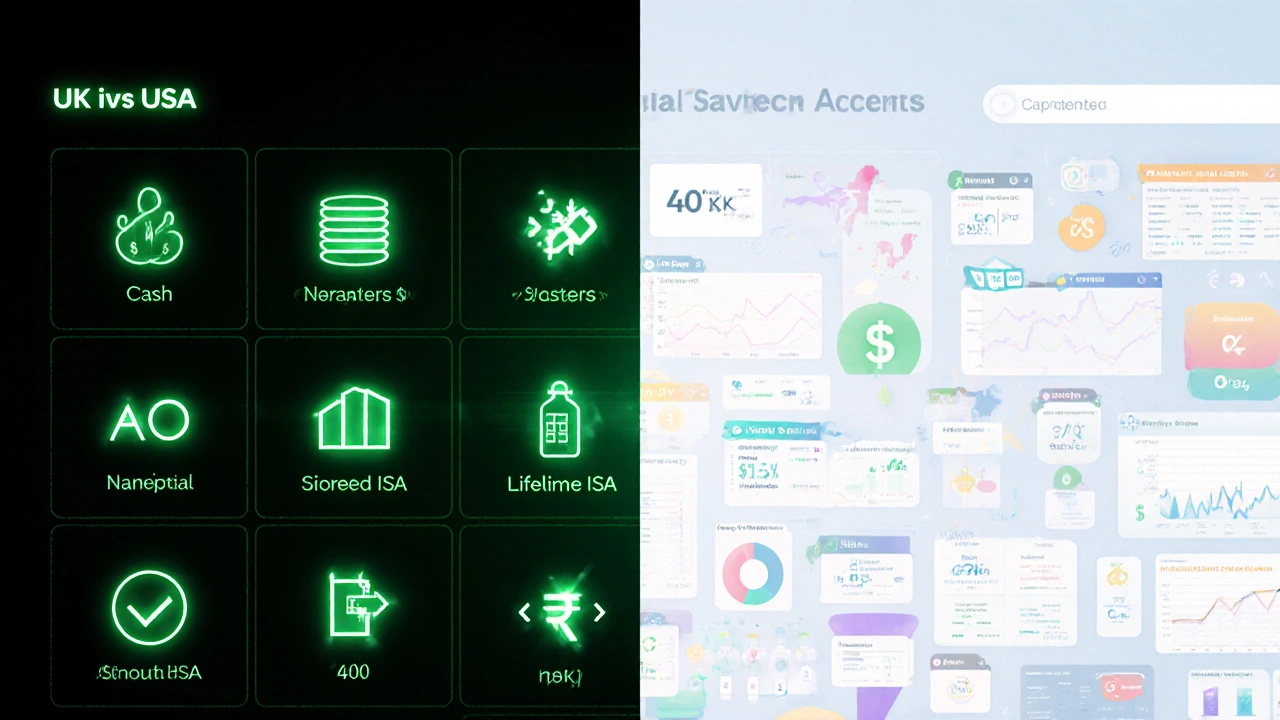US Investment Accounts: What They Are and How to Use Them
When you hear US investment accounts, tax-advantaged or brokerage accounts used by Americans to grow money over time. Also known as investment vehicles, they’re not just bank accounts—they’re tools built to make your money work harder, whether you’re saving for retirement, a house, or just future freedom. Unlike regular savings accounts that barely keep up with inflation, these accounts let you buy stocks, bonds, mutual funds, and ETFs with special tax rules that can save you thousands.
Not all US investment accounts are the same. Some, like 401(k)s and IRAs, give you tax breaks now or later. Others, like brokerage accounts, let you trade freely but don’t offer tax perks. The key is matching the right account to your goal. If you’re saving for retirement, a 401(k) or Roth IRA makes sense. If you want flexibility to pull money out anytime, a taxable brokerage account might be better. And yes, you can have both. Most smart investors do.
What makes these accounts powerful isn’t just the investments inside them—it’s how they’re structured. A 401(k) lets your employer match your contributions, which is free money. A Roth IRA lets your earnings grow tax-free, so you pay nothing when you withdraw in retirement. A brokerage account might not have those perks, but it gives you total control. The problem? People mix them up. They put long-term retirement money in a brokerage account and miss out on tax savings. Or they keep emergency cash in an IRA and face penalties when they need it fast. Knowing the difference keeps you from making costly mistakes.
And it’s not just about picking the right account—it’s about what you put in it. You can’t just throw money into a 401(k) and hope for the best. You need to choose funds that match your risk level and timeline. If you’re 25, you might pick growth stocks. If you’re 55, you’ll likely shift toward bonds. Many people don’t realize their account settings auto-rebalance or that they can change them anytime. Small tweaks like this can add tens of thousands over time.
What you’ll find in the posts below is a practical look at how real people use these accounts. You’ll see how balance transfers affect credit scores, why keeping too much cash in checking is a mistake, and how to compare retirement options like pensions and 401(k)s. There’s no fluff—just clear, no-nonsense advice on how to make your money work for you, whether you’re in the UK or just investing in US-based accounts. You’ll learn what to avoid, what to prioritize, and how to start even if you don’t have a lot to begin with.
Does the US Have ISA Accounts? Here’s What Americans Actually Use Instead

The US doesn't have ISA accounts, but Americans have powerful tax-advantaged alternatives like Roth IRAs, HSAs, and 401(k)s. Learn how to save tax-free in the US without an ISA.
Read More >>